I. The Marketer’s AI Trust Deficit
Marketers today are not starved for data; they are often drowning in it. The real struggle is transforming a torrent of platform-specific data into trustworthy, unified, and actionable insights. Every CMO and Head of Digital shares the same priority: proving the return on investment (ROI) of every euro spent and driving profitable growth.
The rise of Agentic AI, autonomous systems capable of performing complex, multi-step tasks like media analysis, budget reallocation, and insight generation, promises to finally deliver this goal at scale. Imagine an AI agent monitoring your programmatic, social, and search campaigns 24/7, unifying their metrics, flagging anomalies, and updating your Power BI or Looker dashboard with weekly learnings and recommendations, all without human intervention. This is the promise of industrialized AI, and it’s within reach.
However, a fundamental, often overlooked barrier consistently derails this promise: the humble data naming convention.
For years, campaign naming was seen as mere “housekeeping” as I’d like to call it, a tedious rule set for media buyers. But in the era of autonomous AI, naming convention is no longer a chore; it is the semantic foundation for your entire AI strategy. If your data is messy, your AI is not only useless, it’s a liability, leading to what we call the AI Trust Deficit.
II. When Inconsistency Breaks the Autonomous Chain
Autonomous insight generation relies on one core principle: the AI agent must be able to read and understand the input data without ambiguity.
Consider the reality of consolidating data from digital platforms like Google Ads, Meta, TikTok, and your internal CRM platform into a centralized hub, such as Funnel, one of Artefact’s trusted tech partners. These platforms all measure similar concepts such as; Region, Campaign Objective, Creative Type, but use entirely different taxonomies.
This is where naming conventions act as the critical semantic bridge. An AI agent tasked with the high-value objective of optimizing spend across all APAC campaigns must be able to confidently identify all relevant line items. If it encounters:
- Campaign_Region-AsiaPac-Q3
- C_AP-Media_V3
- 2024_APAC_Test
The agent’s decision-making process grinds to a halt. It cannot reliably consolidate the metrics, join the data to your CRM records, or execute its tasks without introducing significant error. The automation fails, the data pipeline breaks, and the marketer is left doing the exact thing the AI was meant to eliminate: manual data cleaning and validation.
The result is phantom metrics, unreliable dashboards, and flawed budget recommendations. This directly negates the value proposition of the AI investment and destroys organizational confidence.
III. From Manual Fixes to Strategic AI-Powered Governance
The old solution, relying on a media trader to manually follow a 20-page naming document (Oh god no…) is unscalable, error-prone, and unsustainable. We must shift from a reactive mindset of data fixing to a proactive one of data governance and structural enforcement. This is where specialized platforms leveraging AI come in.
For the modern marketer, the focus must move from operational execution to data strategy and governance. Tools, like Funnel’s AI-powered naming convention features, act as the non-negotiable Data Naming Gatekeeper.
Instead of policing, the marketing team defines the ideal Data Contract once: specifying mandatory fields like [Region], [Campaign Type], and [Objective], and the exact patterns they must follow. The system then automatically:
- Monitors all incoming campaign and asset names across platforms in real-time.
- Flags any deviations from the established rules.
- Suggests or enforces the correct, standardized naming, ensuring consistency before the data ever reaches the central repository.
This simple architectural shift sets up the perfect foundation for downstream agents. When an AI agent encounters a campaign name, it is guaranteed to find the necessary dimensions in a predictable, unified format.
IV. The Exponential ROI of Data Consistency
This move to automated naming governance is not just about cleanliness; it’s the direct unlock for high-value business outcomes:
- Reliable Cross-Channel Unification: AI agents can now confidently consolidate metrics (e.g., Reach, CPM, Conversion Rate) across disparate platforms, enabling true cross-channel analysis and optimization.
- Faster Time-to-Insight: The time saved on weeks of manual data validation and cleansing is instantly reinvested in analysis and strategy. Autonomous agents can deliver weekly insights and dashboard updates with zero human data manipulation.
- Budget Confidence: When the data foundation is trustworthy, CMOs and finance teams gain confidence in the budget allocation recommendations generated by the AI. You move from guessing where to spend to knowing where to invest.
Autonomous insight requires autonomous input. You cannot run an AI-driven marketing organization on chaotic, ambiguously named data. Investing in naming convention governance is no longer just hygiene, it is the single most important infrastructure move to guarantee the ROI of your entire AI and data transformation strategy.
Are your data foundations strong enough for the AI agent era? Let’s have a chat, our team at Artefact is there for you!

 BLOG
BLOG






